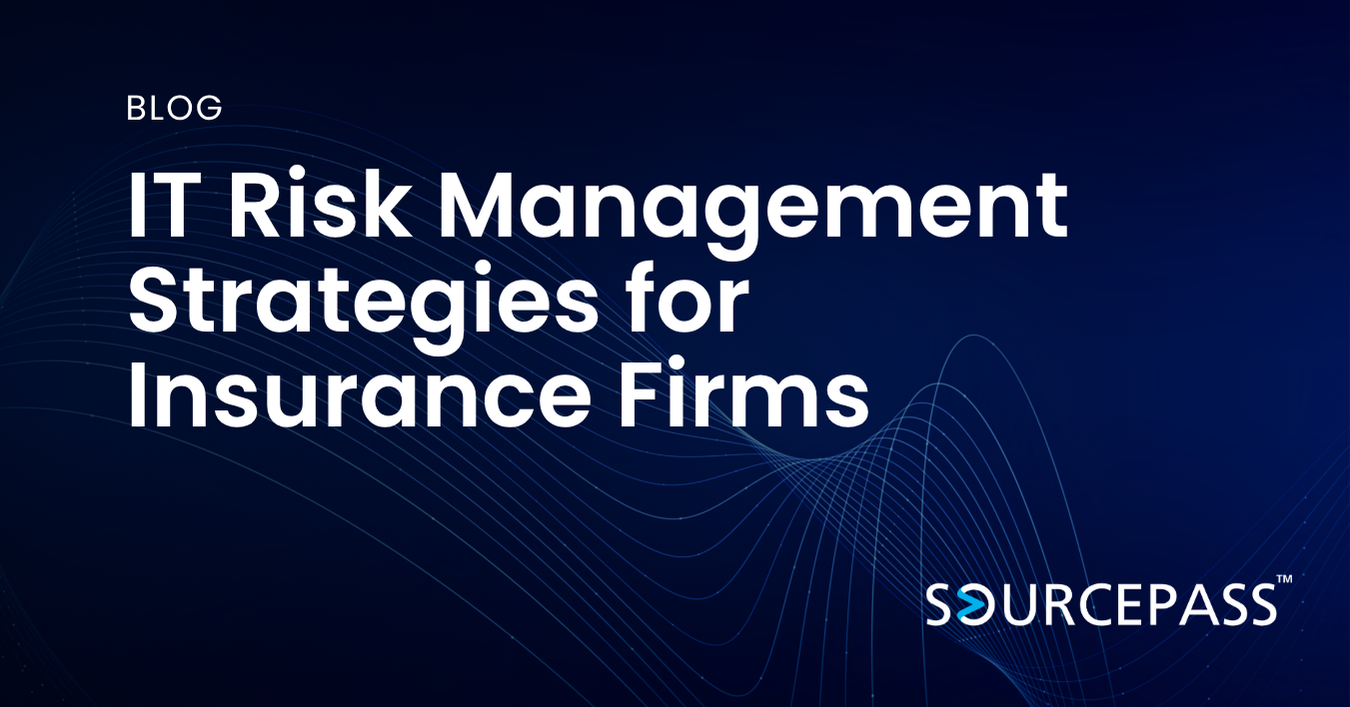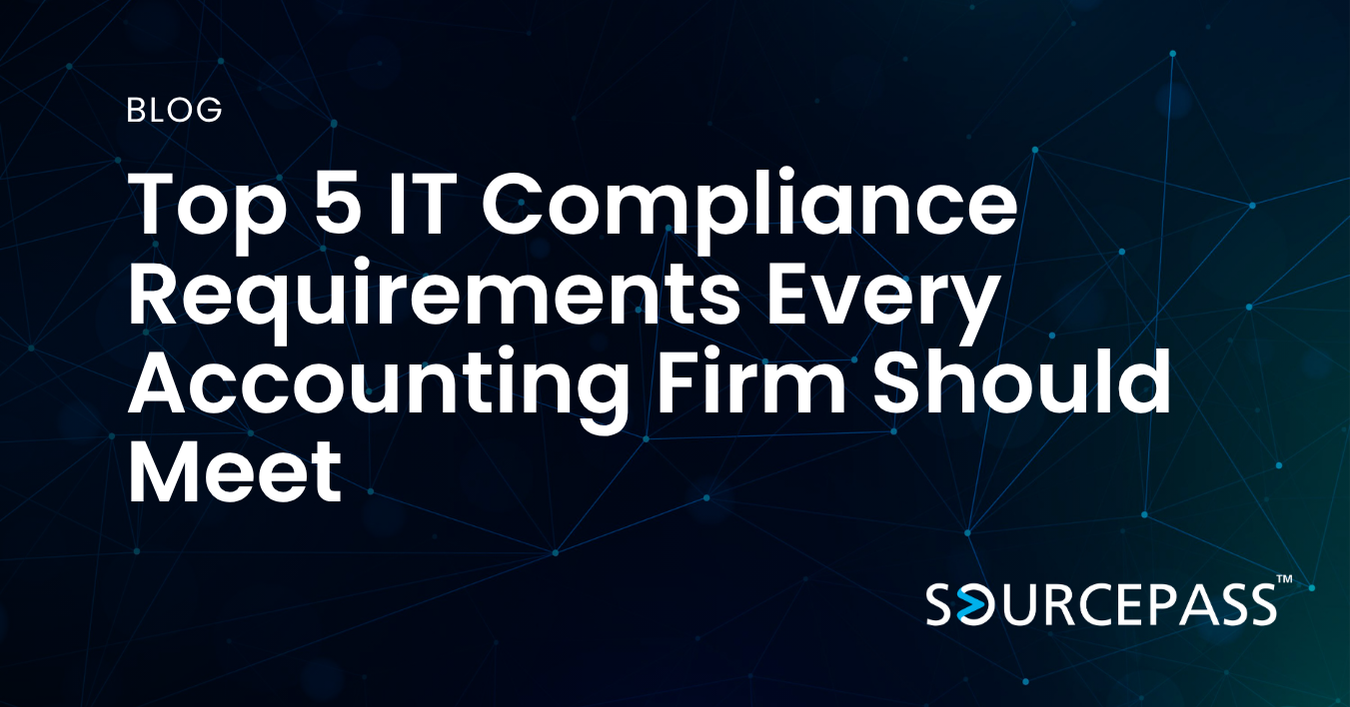7 IT Risk Management Strategies for Insurance Firms
Jun 04, 2025 Alex Davis Industry - Insurance | Security & Compliance 3 min read



Insurance firms are under constant pressure to safeguard sensitive client information while maintaining the agility to compete in a rapidly evolving marketplace. From underwriting and claims processing to customer portals and mobile apps, modern insurance IT systems are deeply integrated into daily operations. However, these advancements also introduce significant cybersecurity and compliance risks.
A comprehensive IT risk management strategy is no longer optional—it’s essential.
In this article, we explore proven IT risk management strategies tailored for insurance firms, with a focus on data protection in insurance and actionable approaches to insurance cybersecurity.
Why IT Risk Management Is Critical
For Insurance Firms
Insurance companies store and process a vast amount of sensitive data: personal information, financial details, health records, and more.
This makes them prime targets for cybercriminals. In addition, regulatory frameworks such as NAIC’s Insurance Data Security Model Law and state-specific regulations (like NYDFS 23 NYCRR 500) place strict requirements on data protection in insurance.
Failure to implement strong IT controls can result in:
- Costly data breaches
- Regulatory fines and penalties
- Erosion of customer trust
- Legal liability
To reduce these risks, insurers must integrate IT risk management into their core business strategy.
1. Build a Robust Cybersecurity Framework
A layered approach to insurance cybersecurity is vital for protecting sensitive systems and customer data. This includes:
- Firewalls and endpoint protection: Deploy next-generation firewalls and antivirus tools to block unauthorized access.
- Intrusion detection systems (IDS): Monitor for suspicious activity in real time.
- Data encryption: Encrypt data both in transit and at rest to prevent unauthorized access, even if data is intercepted.
- Multi-factor authentication (MFA): Use MFA for all staff and third-party vendor access.
- Insurance IT systems must be secure by design, with ongoing updates and testing to address emerging threats.
2. Conduct Regular Risk Assessments
Identifying and mitigating vulnerabilities before they become threats is a key component of any IT risk management strategy. Conduct annual or semi-annual risk assessments to evaluate:
- Network and system vulnerabilities
- Access controls
- Data governance policies
- Third-party vendor risk
Use findings to prioritize investments in technology upgrades, security patches, and staff training.
3. Establish Strong Data Governance
Effective data protection in insurance starts with understanding what data you hold, where it resides, who can access it, and how it’s protected.
- Data classification: Categorize data by sensitivity level.
- Access control policies: Apply role-based access to limit exposure.
- Data retention policies: Ensure data is kept only as long as needed and securely deleted when no longer necessary.
A centralized data governance strategy helps ensure compliance and reduce the risk of data exposure.
4. Train Employees on Cybersecurity Best Practices
Human error remains one of the leading causes of data breaches in the insurance industry. Regular cybersecurity training reduces this risk significantly.
Training should include:
- Phishing awareness
- Password management
- Secure file sharing
- Reporting suspicious activity
Make training an ongoing requirement, not a one-time event.
5. Implement Incident Response and Business Continuity Plans
No system is 100% immune to attack. That’s why every insurance firm must have a detailed incident response plan in place.
Key elements include:
- Roles and responsibilities for incident response
- Steps for identifying, containing, and mitigating breaches
- Communication protocols for regulators, clients, and stakeholders
- Post-incident review and improvement actions
Additionally, a business continuity plan ensures your operations can continue in the event of a system outage or data loss.
6. Monitor and Audit Third-Party Vendors
Most insurance firms work with a network of vendors for services like data storage, claims processing, and communications. Each third-party relationship introduces potential security and compliance risks.
Best practices include:
- Performing vendor risk assessments
- Requiring signed Business Associate Agreements (BAAs) or contractual data protection clauses
- Monitoring vendors’ compliance with your IT security policies
- Limiting data access to only what is necessary
7. Align IT with Regulatory Compliance
Insurance firms are held to high standards by both industry-specific regulations and broader privacy laws such as GDPR and CCPA. Aligning insurance IT systems with these requirements protects against legal exposure and builds long-term resilience.
Regulatory compliance components include:
- Encryption standards
- Secure customer portals
- Audit logging
- Incident reporting procedures
A compliance-first approach to IT ensures peace of mind for both regulators and clients.
Develop an IT Risk Management
with Help from Sourcepass Experts
Proactive IT risk management is essential for maintaining operational stability, customer trust, and regulatory compliance in the insurance industry. By investing in insurance cybersecurity, implementing strict data protection in insurance protocols, and modernizing insurance IT systems, firms can reduce risk while enabling business growth.
Need help developing an IT risk management strategy for your insurance firm? Contact our experts to schedule a consultation and learn how we support financial services organizations with secure, scalable, and compliant IT solutions.
Subscribe To
Sourcepass Insights
Sourcepass Insights
Stay in the loop and never miss out on the latest updates by subscribing to our newsletter today!



